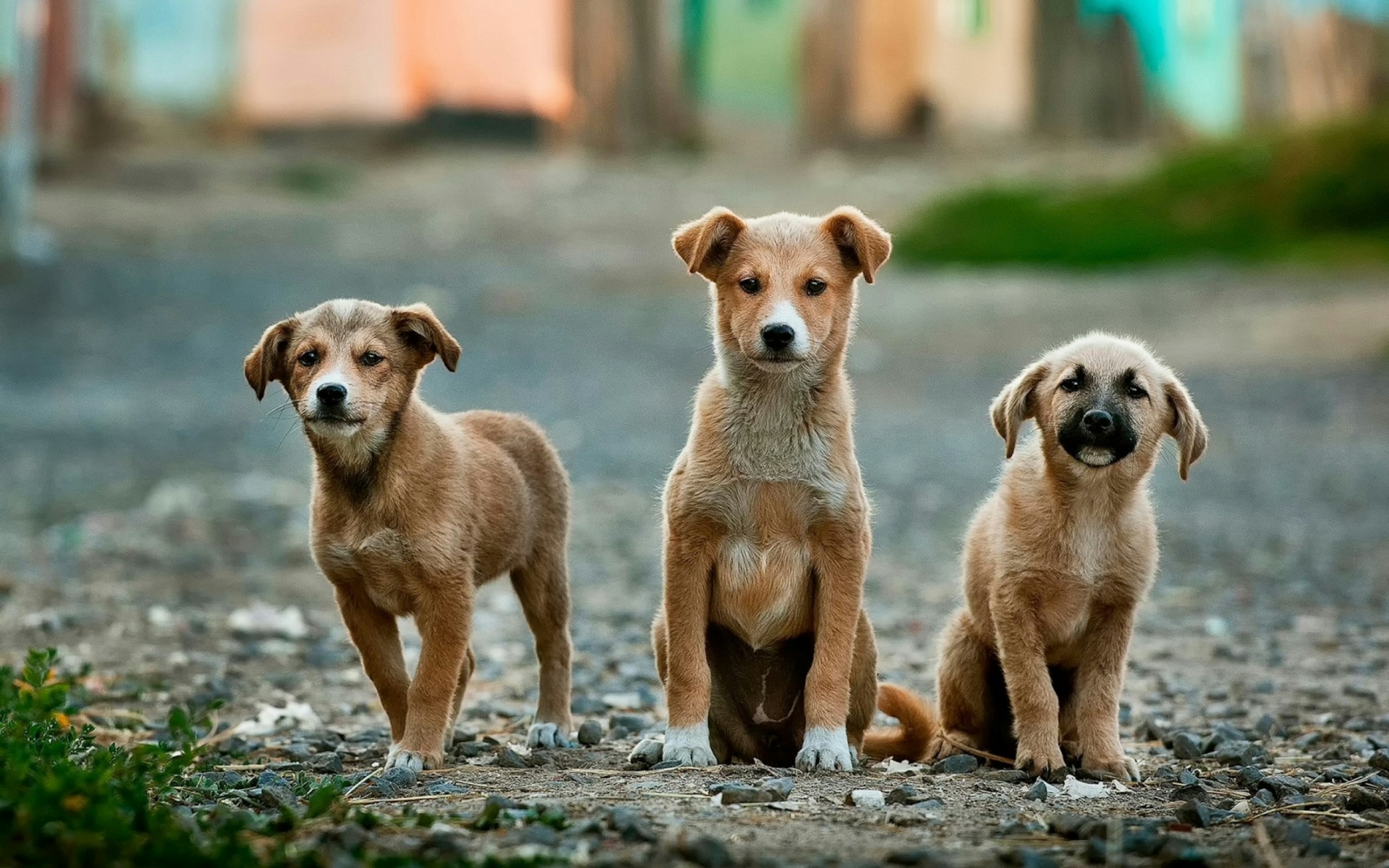As the old saying goes, “You can’t teach an old dog new tricks.” But that couldn’t be further from the truth when it comes to senior dogs in animal shelters. Enrichment programs designed specifically for older dogs can greatly improve their quality of life, increase their adoptability, and even enhance their longevity. This article will guide you through the process of developing an effective enrichment program for senior dogs in shelters, touching on essential components such as toys, training, treats, and time.
Why are Enrichment Programs Essential for Senior Dogs in Shelters?
Before diving into practical guidelines and tips, it’s important to understand why senior dogs in shelters need enrichment programs. Enrichment programs are a critical aspect of animal welfare in shelters, which aims to improve the physical and mental health of dogs by providing them with stimulating activities and environments.
A lire en complément : What’s the Most Effective Way to Teach a Cat to Coexist with a Robotic Vacuum?
For senior dogs, an enrichment program is not just about keeping them entertained. It’s about catering to their unique needs and helping them thrive in their twilight years. Senior dogs may have lost some of their youthful energy, but that doesn’t mean they don’t crave engagement, attention, and activity.
Choosing the Right Toys and Treats
Toys and treats are great tools for enriching the lives of senior dogs in shelters. When selecting toys for older dogs, consider both their physical and mental capabilities. For instance, softer toys may be easier on their teeth and gums, while puzzle toys can help keep their minds sharp.
En parallèle : How to Establish a Healthy Foraging Behavior in Captive Parrots?
Treats can also be a part of your enrichment program. Using treats can help motivate senior dogs during training sessions, or they can be used in puzzle toys to keep them engaged for longer periods. Choose treats that are senior-friendly, easy to chew, and health-focused. There’s a wide variety of senior dog treat options available, so you can find one that fits your shelter’s needs without much trouble.
Implementing Play and Training Sessions
Play and training sessions offer incredible enrichment opportunities. For senior dogs, play should be gentle yet engaging. Try to incorporate activities that the dogs enjoy and can safely participate in. This could be a game of fetch with a soft toy or perhaps a leisurely walk outside.
Training sessions are not just for teaching obedience, but they can also work as a form of mental stimulation. Training can help senior dogs feel engaged, accomplished, and loved. Remember to keep sessions short and sweet, as older dogs may tire more easily. Positive reinforcement methods should be the primary training technique used, rewarding good behavior with treats and praise.
Focusing on Diet and Food Enrichment
Food plays a significant role in the overall health and well-being of senior dogs. As dogs age, their dietary needs change. They may require a diet lower in calories but higher in fiber and certain vitamins and minerals. Consulting with a vet can help ensure you’re providing the appropriate food for the senior dogs in your care.
Food enrichment can also play a key part in your enrichment program. This could be as simple as changing the way you present their meals, such as using food puzzles or dispersion methods to make mealtime more engaging. Remember, every piece of food is an opportunity for enrichment!
Designing the Kennel Environment
The kennel environment can have a substantial impact on a dog’s well-being. For senior dogs, comfort should be a top priority. Soft bedding, plenty of fresh water, and easy access to their food and toys can make their kennel feel like a safe haven.
It’s also important to provide opportunities for socialization. Many senior dogs still enjoy the company of people and other dogs. Regular time spent with volunteers, staff, and other dogs can help keep them socially stimulated.
In the end, developing an enrichment program for senior dogs in shelters takes time, dedication, and a lot of love. But the rewards – healthier, happier, more adoptable senior dogs – are more than worth the effort. Remember, enrichment isn’t a luxury, it’s a necessity. By investing in a quality enrichment program, you’re not only improving the lives of the senior dogs in your care, but also enhancing the reputation and effectiveness of your shelter.
Integrating Enrichment Activities and Items
The application of enrichment activities and items is a vital aspect of any program aimed at improving the living conditions of senior dogs in shelters. Incorporating a range of activities can help stimulate dogs mentally and physically, ultimately reducing kennel stress and enhancing their social skills.
Consider introducing snuffle mats, which are specifically designed to stimulate a dog’s foraging instincts. Hide treats or kibble in the mat, and watch as the senior dog uses its natural sniffing and hunting instincts to find the food. This provides both a physical exercise and a mental challenge for the dog.
Alternatively, treat-filled cardboard boxes can also serve as a great enrichment activity. The simple act of tearing up the box to find a treat can be a highly engaging and rewarding activity for a senior dog.
Many dogs also enjoy playing hide and seek with their toys. Smearing a small amount of peanut butter on the toy and hiding it in the dog’s kennel can provide a fun and stimulating challenge.
Remember, variety is the key to maintaining interest. Rotate the enrichment toys and activities regularly to ensure the dogs remain engaged and happy.
The Role of Staff Volunteers in Providing Enrichment
Staff volunteers play an essential role in providing enrichment for senior dogs in shelters. Regular human interaction is highly beneficial for a dog’s social skills and overall mental wellbeing.
Volunteers can participate in play sessions with the dogs, provide grooming services, or simply spend time petting and talking to the dogs. Even something as simple as a gentle brush can provide comfort and stimulation for a senior dog.
Furthermore, volunteers can assist in training sessions, helping to reinforce positive behaviors and promote good manners. They can also help socialize dogs by introducing them to a variety of people and other animals in a controlled environment. But remember, introductions should always be done carefully and gradually, especially with senior dogs who may be less adaptable to new things.
Beyond physical activities, staff volunteers can also contribute to the enrichment of senior dogs by documenting and sharing the dogs’ progress and achievements. This not only helps track the effectiveness of the dog enrichment program but also promotes a positive image for the shelter and the senior dogs, increasing their chances of adoption.
Conclusion: Enriching the Lives of Senior Dogs in Shelters
Developing an enrichment program for senior dogs in shelters is not a mere task but a responsibility that comes with a lot of rewards. By focusing on factors such as appropriate toys and treats, varied enrichment activities, a nurturing kennel environment, and the engagement of staff volunteers, we can significantly enhance the quality of life for these senior dogs.
Moreover, continuous enrichment helps reduce kennel stress, improve social skills, and increase the adoptability of senior dogs. Not only that, but it also promotes a positive image of the shelter, attracting more potential adopters and volunteers.
At the end of the day, dog enrichment is not just about providing toys and treats. It’s about understanding and catering to the unique needs of senior dogs, making their stay in the shelter as comfortable and enjoyable as possible.
By investing time, effort, and love in developing an enrichment program, we’re not just enhancing the lives of senior dogs in our care, but we’re also setting a standard for other animal shelters. After all, enrichment for dogs in shelters is essential, and it’s something that all dogs, regardless of age, truly deserve.






